In the vast continent of Africa, where more than 600 million people currently live without access to electricity, a profound initiative known as Mission 300 has emerged as a beacon of hope. With the ambitious goal of bringing electricity to at least 300 million Africans by the year 2030, this mission stands as a crucial step towards bridging the energy gap that has long plagued the region.
Energy Deficit Impact
The lack of electricity access in Africa goes beyond mere inconvenience; it is a significant economic burden costing the continent up to 4% of its Gross Domestic Product (GDP) annually. This energy deficit not only hampers industrialization and economic growth but also presents formidable challenges in providing essential services like education and healthcare.
Amidst this backdrop, nearly four out of five people in Africa resort to cooking their meals over open fires or basic stoves. The International Energy Agency (IEA) emphasizes that such practices have dire consequences on health, gender equality, and the environment, painting a stark picture of the multifaceted impact of inadequate electricity access.
Mission 300 Unveiled
Recognizing the urgency and magnitude of the energy crisis in Africa, Mission 300 has taken center stage to tackle this pressing issue head-on. Backed by financial commitments exceeding $50 billion, this initiative represents an unprecedented collaboration between key players such as the African Development Bank (AfDB), World Bank Group (WBG), Sustainable Energy for All (SEforALL), The Rockefeller Foundation, and Global Energy Alliance for People and Planet (GEAPP).
The concerted efforts of these stakeholders aim not only to connect millions to electricity through renewable energy systems but also to address systemic issues that have perpetuated energy poverty across the continent.
Financial Commitments Driving Change
The financial backbone supporting Mission 300 is robust and diverse. From allocations by organizations like Agence Française de Développement (AFD) and Asian Infrastructure Investment Bank (AIIB) to substantial contributions from entities like Islamic Development Bank (IsDB) and OPEC Fund for International Development, these commitments underscore a collective determination to propel Africa towards an electrified future.
Moreover, initiatives like Zafiri—an investment entity championed by AfDB—and new energy projects introduced across various African countries demonstrate a holistic approach towards expanding electricity access through innovative solutions and strategic partnerships.
The Road Ahead: Challenges & Opportunities
As Mission 300 gains momentum on its quest to empower millions with electricity access, critical questions loom large. Can this initiative truly be the catalyst needed to transform Africa’s energy landscape? Expert voices within Mission 300 believe so.
Damilola Ogunbiyi, special representative of SEforALL, highlights that what sets Mission 300 apart is its scale and collaborative ethos which merges governmental leadership with private sector innovation—a formula ripe for driving impactful change across communities.
Dr. Akinwumi Adesina from AfDB echoes similar sentiments by acknowledging tangible progress made in increasing electricity access across Africa but underscores that there is still much ground left uncovered. With decisive actions required to drive down numbers representing those without electricity in Africa significantly—accounting for over three-quarters globally—the journey ahead remains challenging yet brimming with potential for transformation.
In conclusion, Mission 300 emerges not just as an initiative but as a transformative force poised to reshape Africa’s energy landscape one connection at a time. It symbolizes unity amidst diversity—a shared vision where reliable, affordable, and sustainable electricity becomes a reality for millions across this vibrant continent.


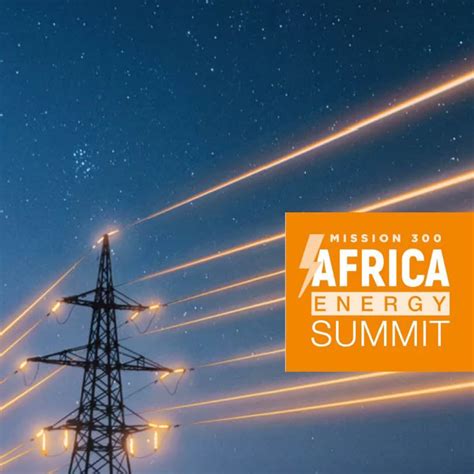
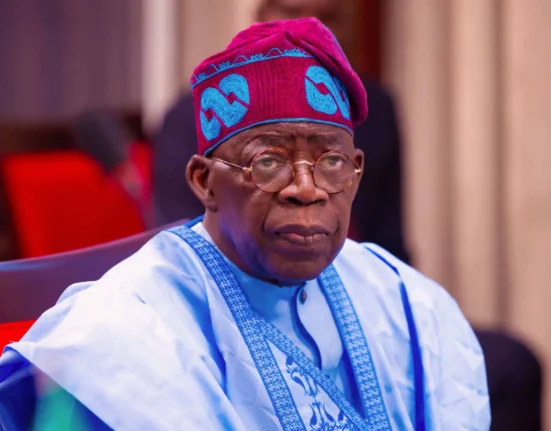
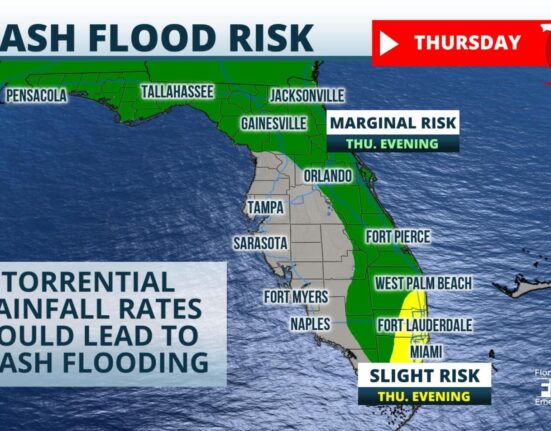


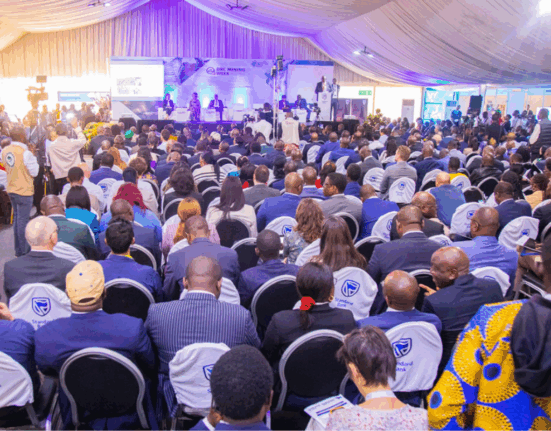
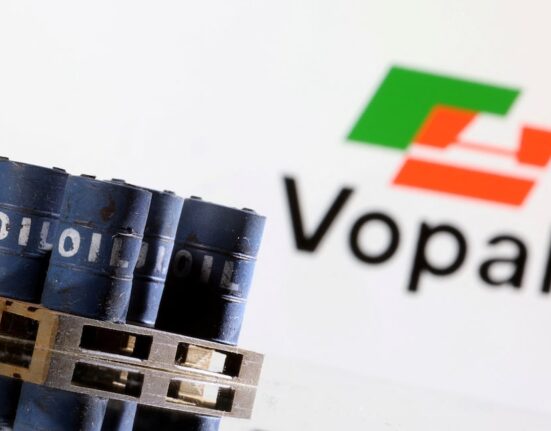
Leave feedback about this